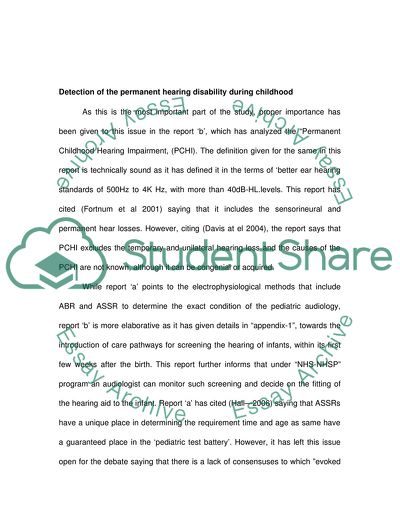Cite this document
(The Hearing Loss in the Young Infants: Aid Case Study, n.d.)
The Hearing Loss in the Young Infants: Aid Case Study. Retrieved from https://studentshare.org/health-sciences-medicine/1724718-comparative-report-analysis
The Hearing Loss in the Young Infants: Aid Case Study. Retrieved from https://studentshare.org/health-sciences-medicine/1724718-comparative-report-analysis
(The Hearing Loss in the Young Infants: Aid Case Study)
The Hearing Loss in the Young Infants: Aid Case Study. https://studentshare.org/health-sciences-medicine/1724718-comparative-report-analysis.
The Hearing Loss in the Young Infants: Aid Case Study. https://studentshare.org/health-sciences-medicine/1724718-comparative-report-analysis.
“The Hearing Loss in the Young Infants: Aid Case Study”, n.d. https://studentshare.org/health-sciences-medicine/1724718-comparative-report-analysis.


